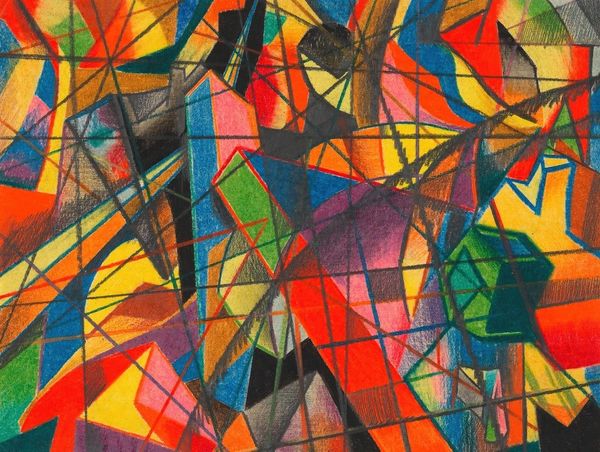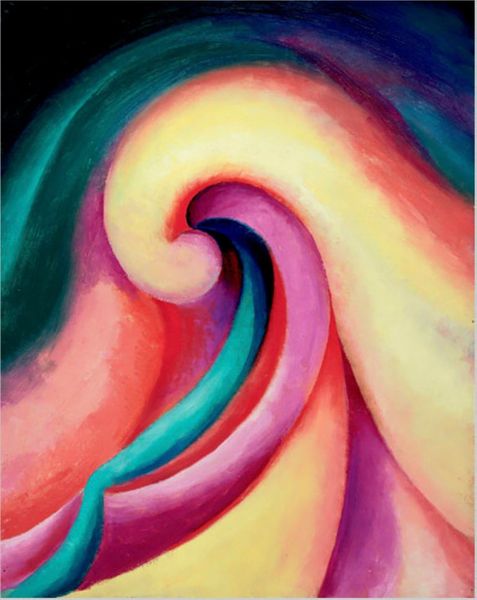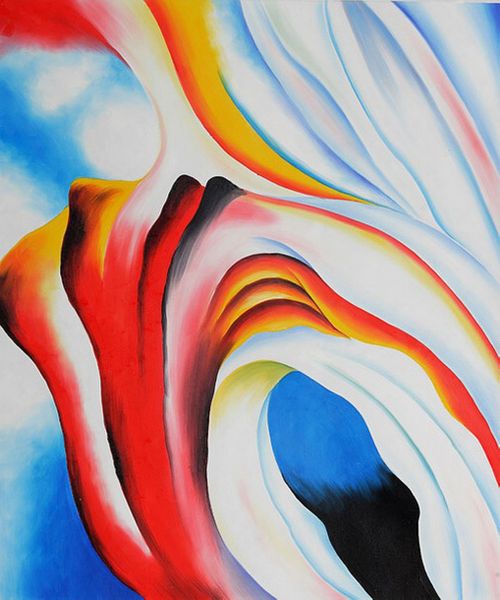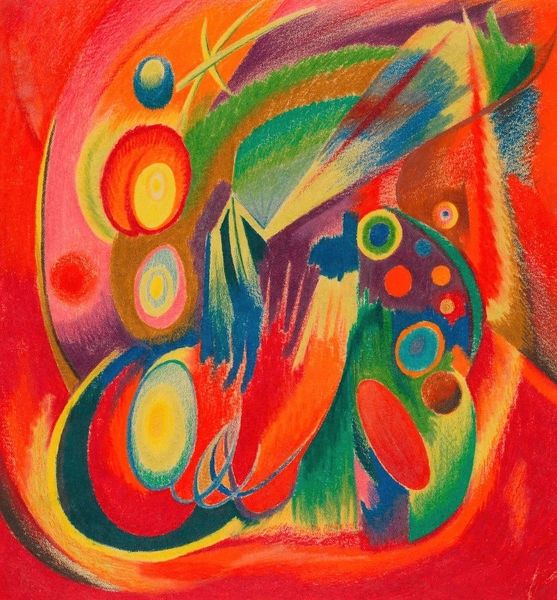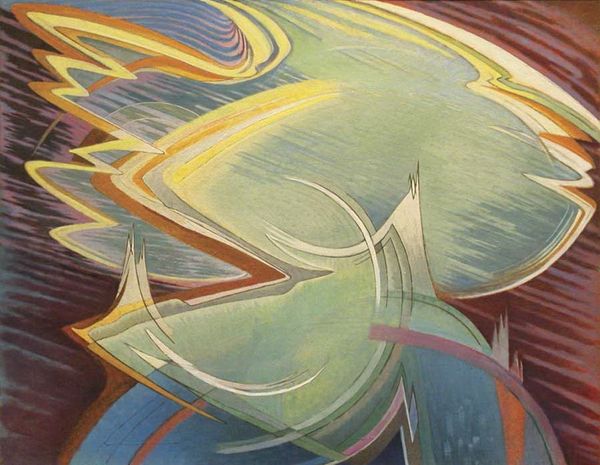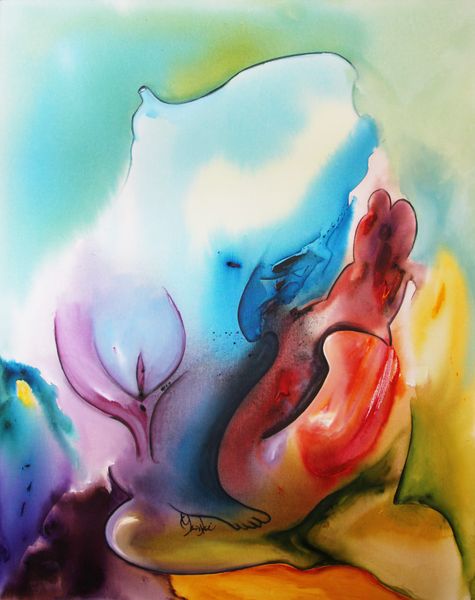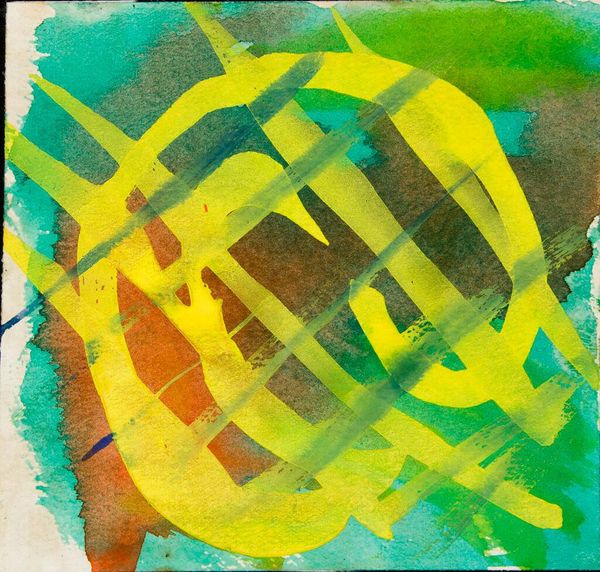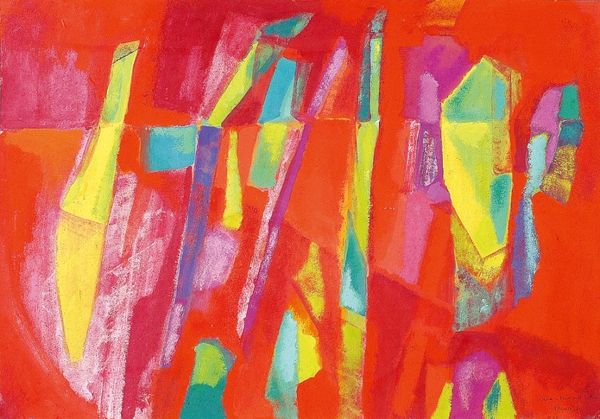
drawing, coloured-pencil
#
drawing
#
coloured-pencil
#
abstract
#
form
#
geometric
#
line
Copyright: Public Domain: Artvee
Karl Wiener, a Jewish Austrian artist who died shortly after the Second World War, made this pastel drawing, entitled “Ekstatse”, at an unknown date. Wiener’s image presents a stylized depiction of rapture, rendered in a dizzying array of curving lines and vibrant colors. What we see here reflects the influence of German Expressionism, a movement that had become popular in intellectual circles since the turn of the century. It’s important to understand that Expressionism did not exist in a vacuum. We can see the movement as a reaction to rapid industrialization, growing urban centers, and the widespread sense of alienation that many people experienced in this time. It wasn’t just about individual emotions, but about how society itself was changing. To better understand this artwork, we can dig into Wiener’s biography and the social history of Austria in the first half of the 20th century. What role did art play in shaping social and political values? What can art tell us about the cultural history of society?
Comments
No comments
Be the first to comment and join the conversation on the ultimate creative platform.


